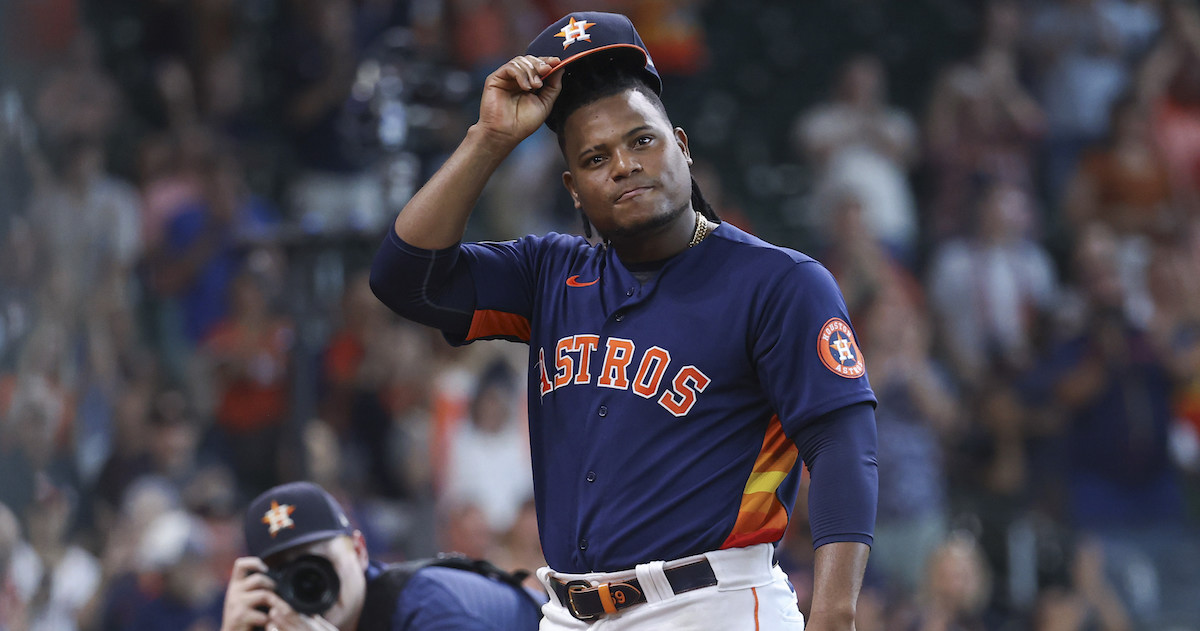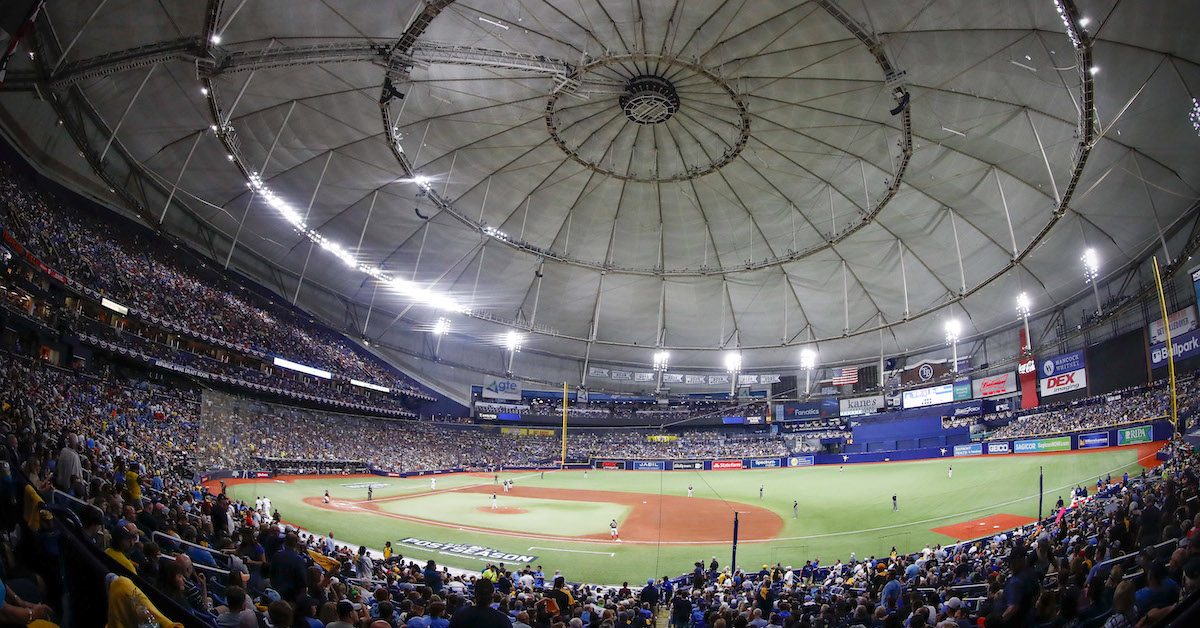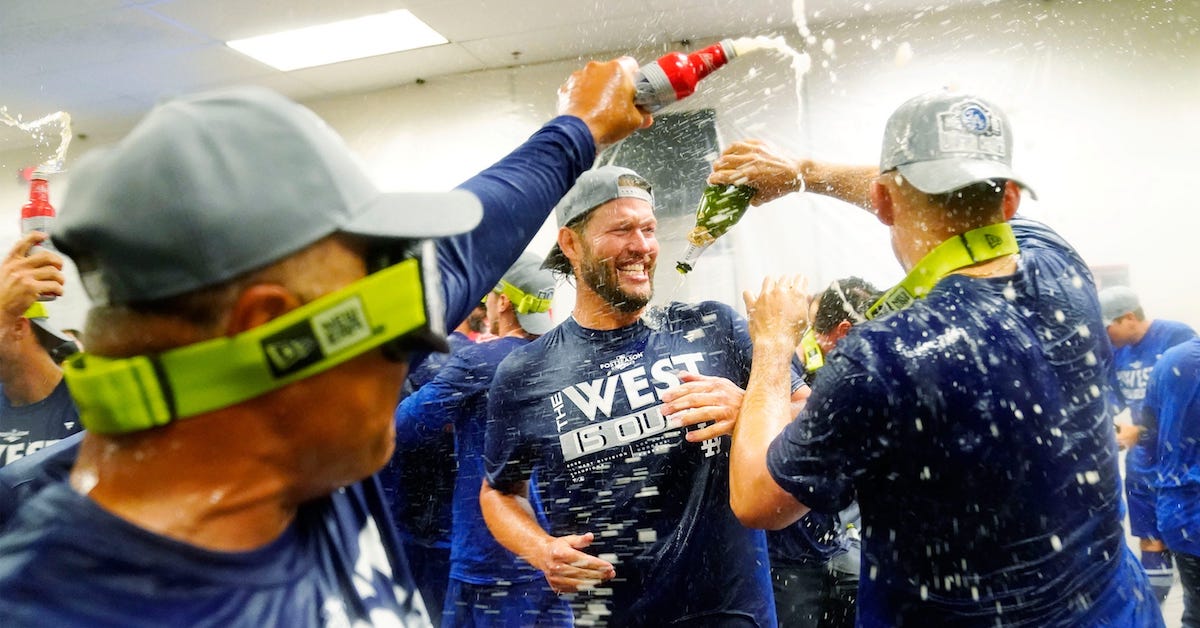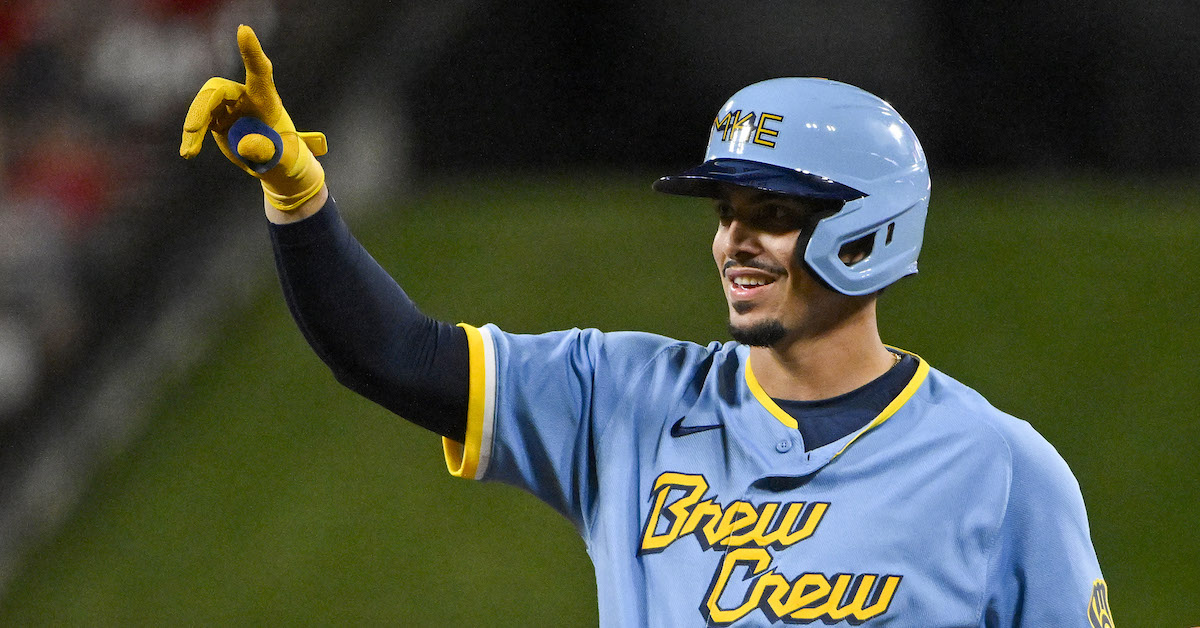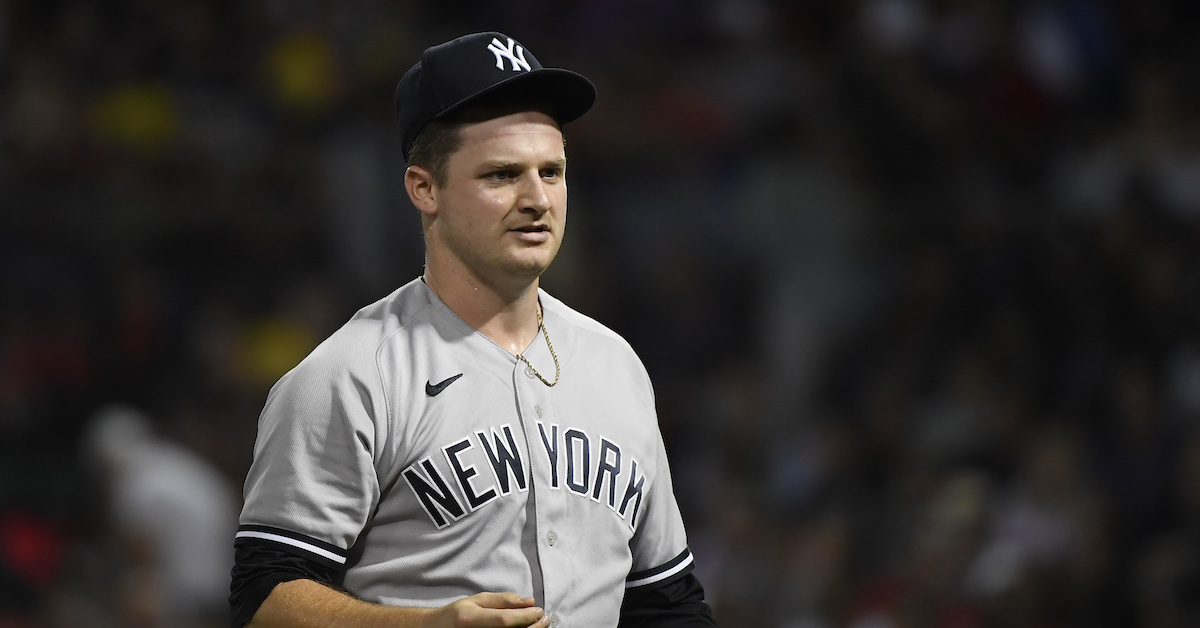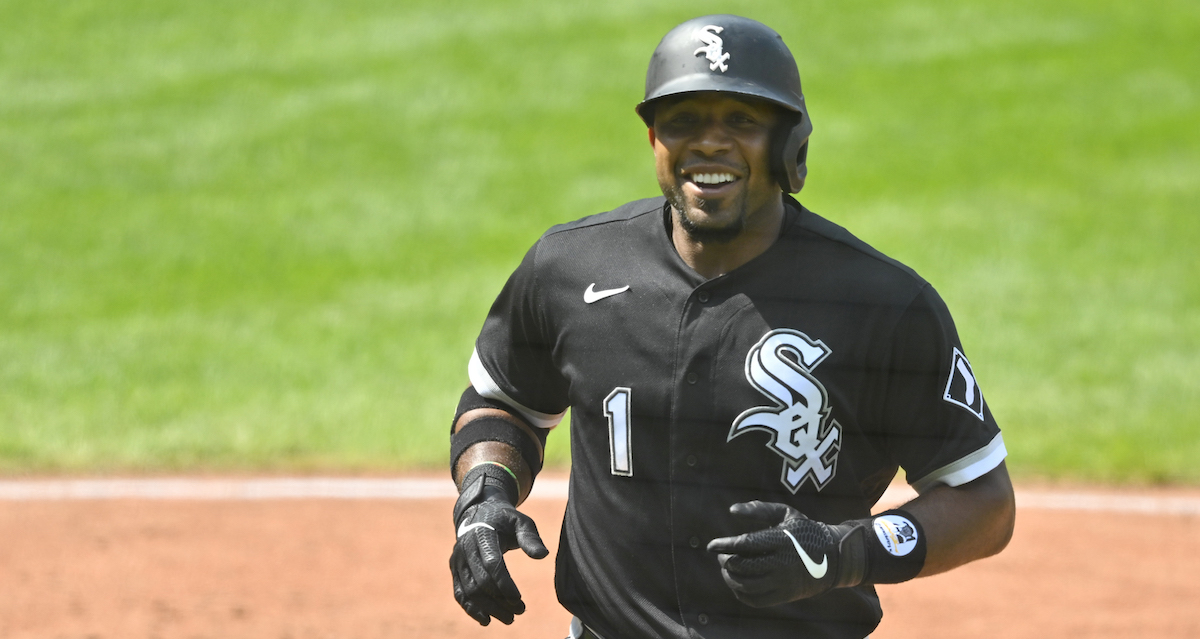What Jordan Romano Can Control, He Likes To Control Completely
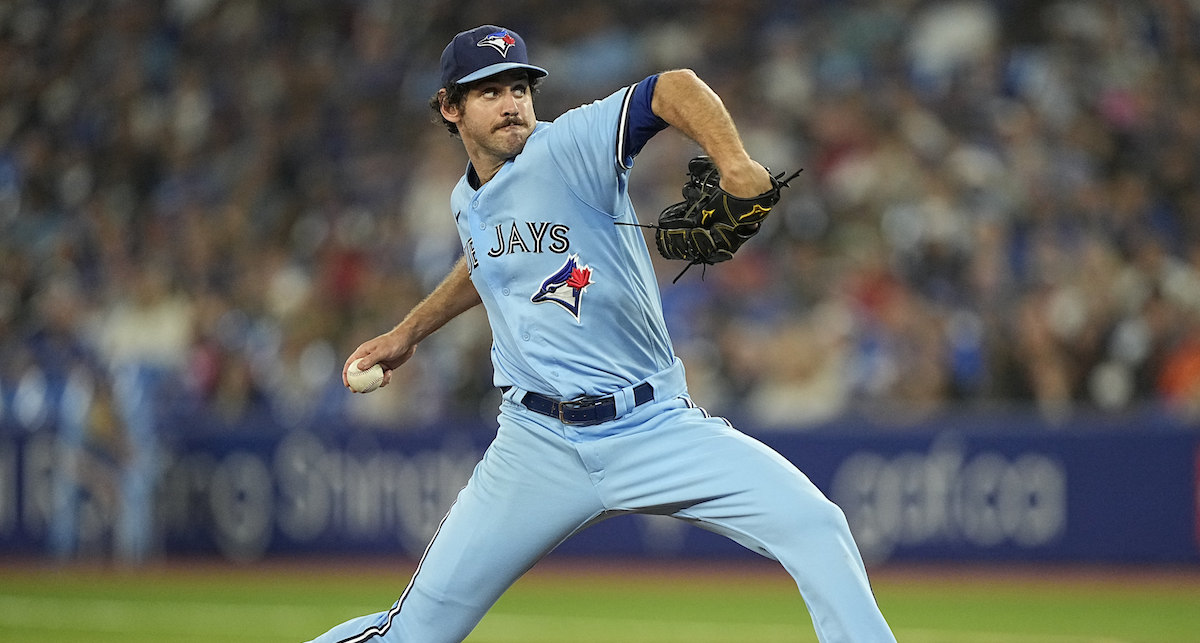
“Even in the minors I’ve just always had good extension,” said Jordan Romano. “I think that’s just the way my delivery worked out, but never something I pursued.”
This was in response to the first question I asked him before Wednesday night’s game. He’d always been among the league leaders in extension — how far in front of the rubber a pitcher releases the ball.
Here’s what happened right before I asked the question: Romano stood up. Some ballplayers will take questions seated, but in my experience most prefer to stand when being interviewed, usually at a sort of parade rest posture. I don’t know if they teach this stance, but it seems like the physical process of leaving the aimlessly-scrolling-through-Instagram headspace for the taking-questions-on-the-record headspace.
And when I say Romano “stood up,” he unfurled himself from the chair in front of his locker like a folded air mattress being inflated. It brought to mind a story a teacher of mine once told about seeing Manute Bol get out of his car at a gas station. Romano stands a slender but imperious 6-foot-5, all limbs. Of course extension has always come naturally to him. Read the rest of this entry »

